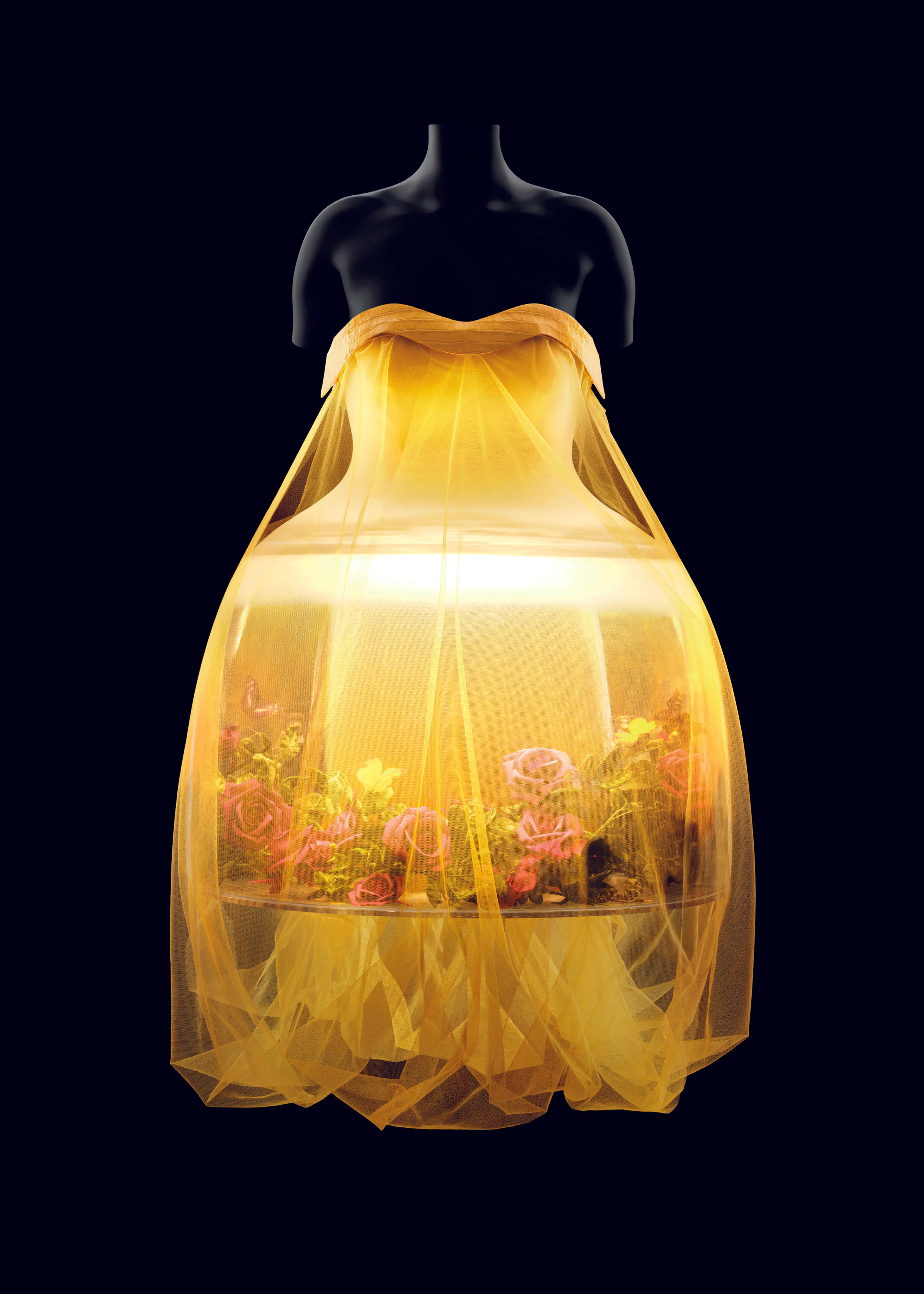Banyan
For at-home wear, a gentleman had a dressing gown, often with a matching waistcoat, and an undress cap or turban. As for breeches, they were not designed especially for this casual ensemble, but rather borrowed from other suits. The dressing gown was cut like a man’s loose coat and usually hung to the floor, though there were also versions that stopped below the knees. Since there were no fastenings, the wearer overlapped the dressing gown in front when he walked so that the sides did not billow out behind him. The sleeves were originally rolled back to form cuffs, but later dressing gowns display the fashionable cuff of their period. In England these dressing gowns were called "banyans" or "Indian nightgowns" because of their kimono-like form and Eastern origin. Banyans were made in a variety of fabrics, including silk brocades, damasks, and printed cottons. Winter banyans were occasionally quilted for extra warmth. Gentlemen received friends while attired in banyans as a sign of their informality and of their intimacy with the visitor. By the 1780s gentlemen ventured out of doors in this comfortable and stylish costume. According to Town and Country Magazine in 1785: "Banyans are worn in every part of the town from Wapping to Westminster, and if a sword is occasionally put on it sticks out of the middle of the slit behind. This however is the fashion, the ton, and what can a man do? He must wear a banyan." This yellow damask banyan with its bold Chinese Chippendale – inspired pattern would have been an imposing sight on the streets or in the drawing rooms of London.
Artwork Details
- Title:Banyan
- Date:ca. 1775
- Culture:British
- Medium:silk
- Credit Line:Catharine Breyer Van Bomel Foundation Fund, 1978
- Object Number:1978.135.1
- Curatorial Department: The Costume Institute
More Artwork
Research Resources
The Met provides unparalleled resources for research and welcomes an international community of students and scholars. The Met's Open Access API is where creators and researchers can connect to the The Met collection. Open Access data and public domain images are available for unrestricted commercial and noncommercial use without permission or fee.
To request images under copyright and other restrictions, please use this Image Request form.
Feedback
We continue to research and examine historical and cultural context for objects in The Met collection. If you have comments or questions about this object record, please contact us using the form below. The Museum looks forward to receiving your comments.
